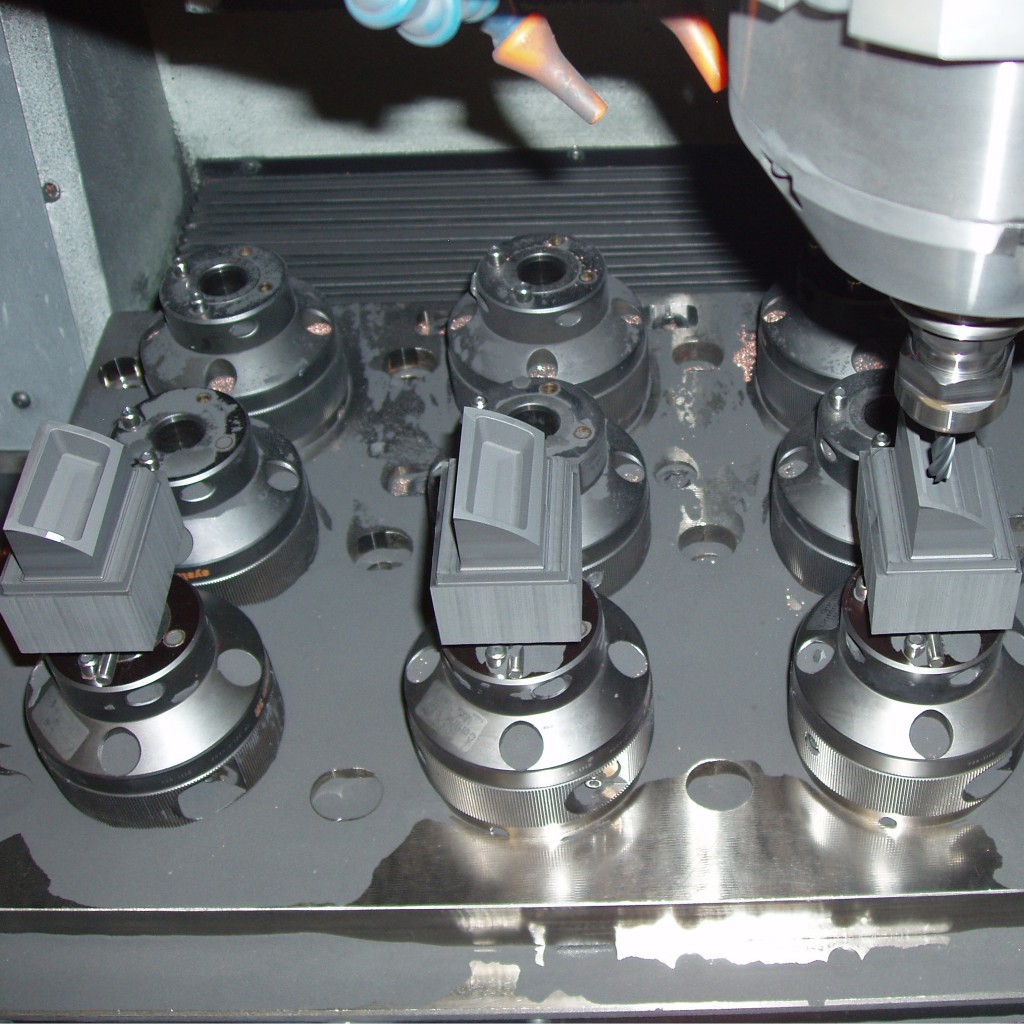Tips for Designing Plastic Injection Molded Parts
Injection molded plastic parts have some magnificent advantages including versatility, the capacity to make simple to super complex parts, and consistency, the capacity to make hundreds of thousands of parts. Be that as it may, the building and keeping up of injection molding instruments can be costly and rolling out device improvements can be testing. The following are some plan tips to augment the advantages:
Consistency is ideal. Steady wall thicknesses all through your part will give the best stream. Typical wall thickness ought to be between 2-3mm. The least recommended is 1mm and the greatest is 4mm for customary plastic injection molded parts.
Smooth trumps sharp. Utilize radii when conceivable and stay away from sharp changes between wall segments.
Draft is your “frenemy.” Adding a draft edge to the faces of your part is useful to discharge it from the apparatus, yet it can cause configuration challenges particularly to parts that are meant to fit together. Recommend minimum draft angles are one degree on untextured center and no less than three degrees on textured faces.
Keep away from surfaces with zero draft unless it’s vital. In the event that you do require a zero-draft zone to guarantee appropriate part mating and resiliences, attempt to limit it to only a bit of the face, not the entire surface.

Less complex is better. Stay away from undermines (territories that can’t be framed by means of the straightforward open/close bearing of a device). When simple won’t work, lifter and slides enable highlights to be formed that are undercuts in the main pull direction. Assuming this is the case, leave no less than 2 to 3 times the width of the component to enable the lifter or slide to movement.
Change from thick to thin. Parts will form better if plastic moves through highlights moving from more prominent to less wall thickness beginning from the gate(s) (where the plastic first streams in to fill the part).
Sink (a nearby surface mark on a section because of thicker segments of plastic cooling slowly) is awful. To diminish or kill the visibility of imperfections on restorative surfaces it is vital to take after some prescribed rules:
- Try to maintain a strategic distance from entryways, ribs, screw bosses, etc. on the back side of important cosmetic surfaces;
- Rib height ought to be 3x or less than the wall thickness;
- Rib bases ought to be 60% or less of the wall thickness.
Datums define an area. Utilize datums (features that are utilized as reference focuses to characterize each part) to build up part interfaces and interactions to the general framework. Using a datum structure that matches the design intent of the assembly can mean the difference between a product functioning well or not.
Cross examination is great. Take DFM (Design for Manufacturing) reports truly since they pass on tool molder’s understanding of the design like ejector pin areas, gate areas and parting line area. Use inspection reports to interrogate the design.
Model early and frequently. Current prototyping strategies, including 3D printing takes into account early testing of outline ideas where bits of or potentially the entire part can be molded before building costly injection molding tooling.